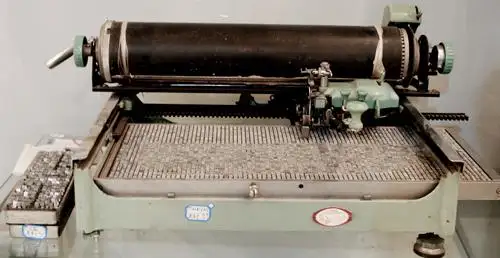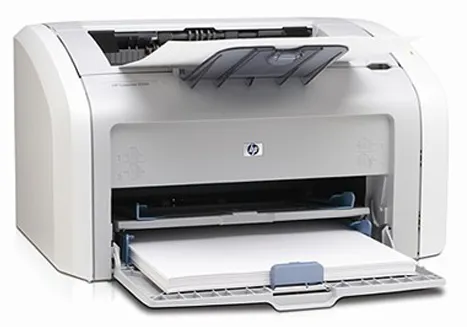In 1938, the American Chester F. Carson used cotton cloth to rub a zinc plate coated with sulfur on the surface in a dark room to charge it, and covered a transparent manuscript with an image on the plate to expose the non-image area of the plate. The charge disappears due to light, and the image area remains at the original potential without light, forming an invisible electrostatic latent image. Then remove the original manuscript and sprinkle a layer of stone pine powder on the surface of the board. The charged image part firmly absorbs stone pine powder. Uncharged non-image areas can be gently blown off the stone pine powder. The image corresponding to the manuscript is presented. This is the earliest electrostatic photography process, which is the basic principle of electrostatic printing today. At that time, this new technology was collectively called electrostatic photography, so the stone pine powder material used for development was called developer. Later, it was developed to be able to copy documents and drawings, which is called electrostatic copying. The dry toner or ink solution used for development is called both the developer and the electrostatic copying toner or the electrostatic copying ink solution. In the past ten years, it has developed to be close to printing, so it can be called electrostatic printing, and its developing material is also called electrostatic printing ink.

In 1949, Xerox Co. applied the above principles, using selenium plates as photosensitive semiconductors, and using corona discharge to make the surface of the selenium plates uniformly charged. Reflect the original on the surface of the selenium plate for exposure to form a latent image. Use the waterfall method developer (the dry toner is matched with the quartz sand carrier and charged with static electricity) to develop the toner image on the surface of the selenium plate. Cover a piece of white paper on the developed selenium plate, apply a high-voltage electric field on the back of the paper to charge the paper, and transfer the toner image to the paper. Finally, the paper is heated, the toner melts and adheres to the paper, and it becomes a permanent copy that is faithful to the original, creating the world's first manual electrostatic copier. In 1954, RCA Radio Corporation of the United States used zinc oxide coated paper as a photosensitive semiconductor, which formed a latent image after exposure, and used electrophotographic ink solution (dissolving the ink in a petroleum solvent, and the ink particles were positively charged) directly on the zinc oxide coated paper. It was developed and fixed to become a copy, and a direct electrostatic copier was made. In 1959, Xerox in the United States further produced the Model 914 automatic selenium electrostatic copier, which made the electrostatic copier truly practical and enter the market. Then European countries, the Soviet Union, and Japan rushed to catch up and produced various xerographic copiers, so xerographic technology developed more rapidly under fierce competition.

After the competition in the 1960s and 1970s, all aspects of xerographic technology in the world have developed rapidly. In addition to selenium and zinc oxide, light guide materials have developed selenium tellurium, selenium extension alloys, cadmium sulfide, titanium oxide, and materials such as polyvinylcarbazole and trinitrofluorenone. Kind of composite light conductor. Its photosensitivity, identification rate, service life and other properties have been greatly improved. In terms of light source, iodine tungsten lamps, cold light lamps (ultraviolet lamps), xenon lamps have been developed, and lasers have also been applied. In addition to the static panoramic exposure to the slit scanning exposure, the optical imaging system also uses optical fiber exposure and laser scanning. The developing methods are more diverse. Wet developing develops from direct method to indirect method, and dry developing develops from waterfall method to magnetic brush method, and there are also beating method and powder mist method. The fixing method has developed from electric heating to infrared heating, and the hot roller method of heating and pressing and the cold pressing method that does not require heating at all have appeared. Corresponding various developers have also been developed. The development of the above-mentioned various aspects, coupled with the automatic connection of various processes, has greatly accelerated the speed of copying, greatly improved the quality of copying, and gradually reduced the cost. In the late 1970s, electrostatic copiers had occupied the offices of research institutes, schools, institutions, and enterprises. And entered the home studio of scientists and entrepreneurs.